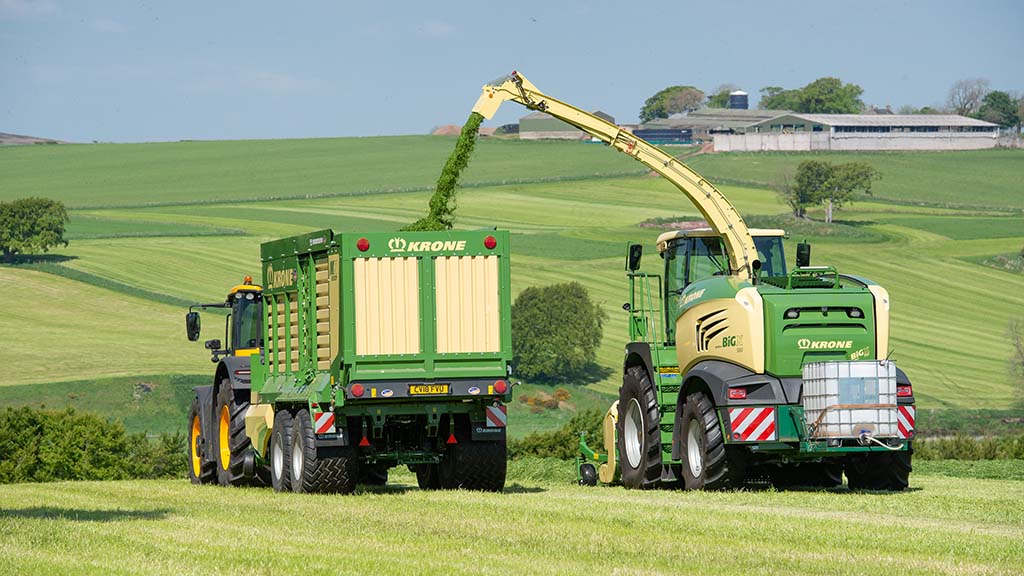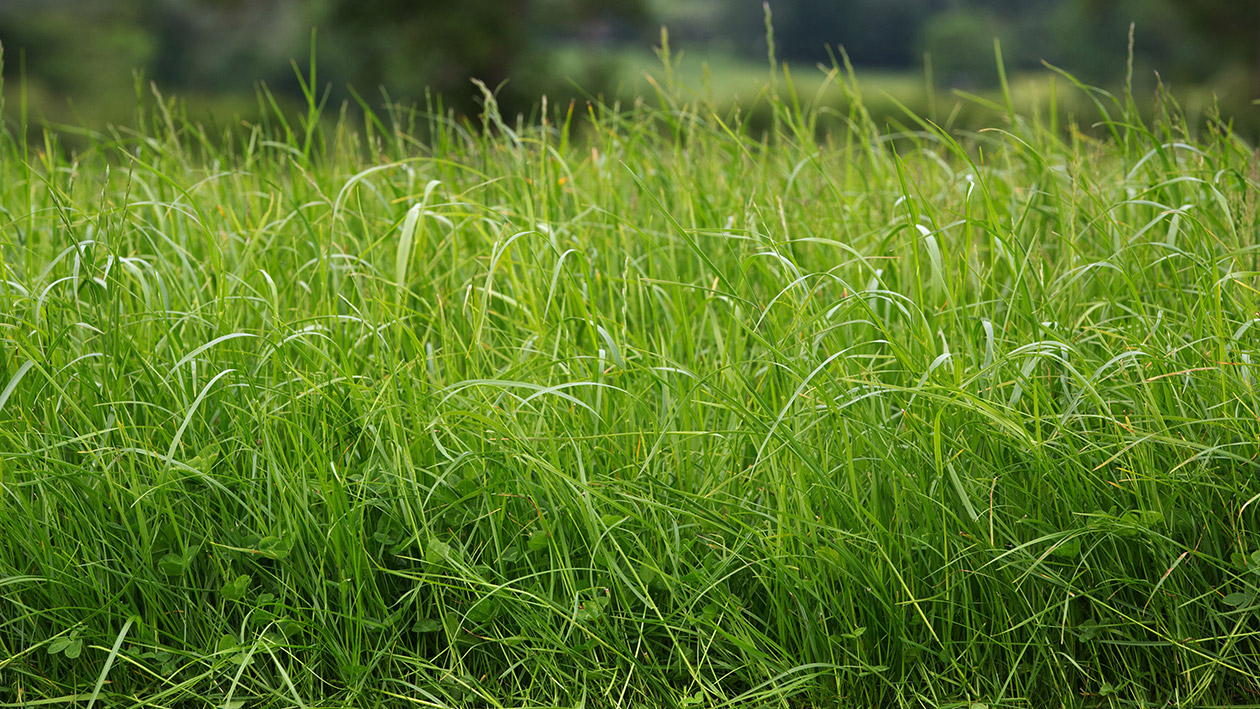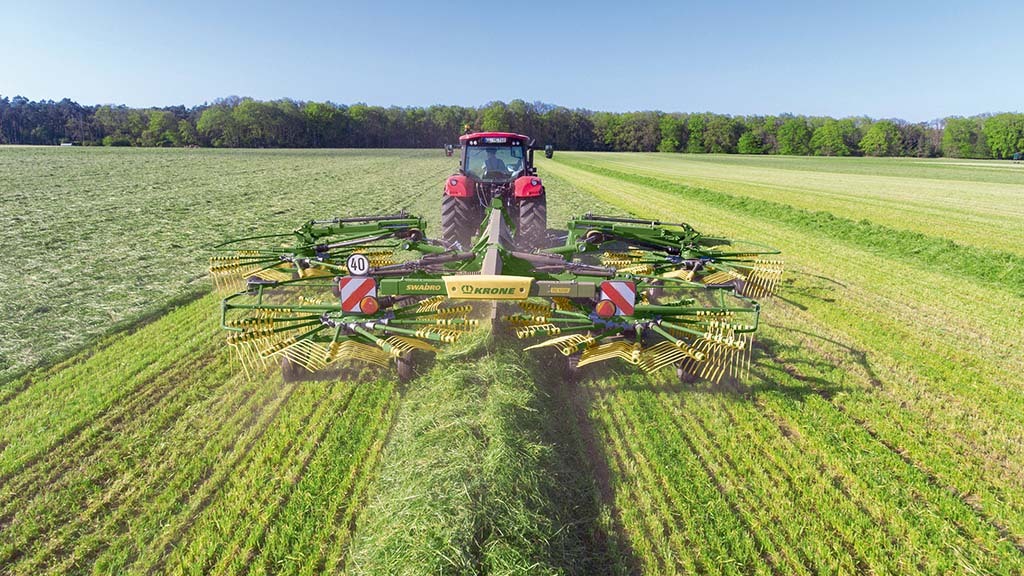Getting the most from your silage
06 March 2023
The ‘to-do’ list for dairy farmers before first cut can be long, but key tasks must be prioritised to ensure high-quality silage.

Planning ahead with applications of slurry and fertilisers to coincide with warmer soil temperatures is critical, according to Philip Cosgrave, grassland agronomist at Yara.
He says: “At the end of winter, farmers will be anxious to apply slurry, but delaying applications until soil temperatures increase and soils dry will make better use of nitrogen. “Where it is applied closer to the onset of grass growth, there is less risk of losses to the environment.
“It is important to determine how much slurry is available to spread and the size of area to which it is applied to work out the rate of application per hectare.
The results of soil and slurry analysis will indicate the balance of additional nutrients required. From this, it is possible to calculate how much fertiliser is needed and it should then be ordered as soon as possible.
“Postponing fertiliser purchase to the last minute in case there is a price drop could result in delayed application dates and lower yields.
There is more money to be lost in lower yield and quality than saved in any likely future fertiliser price decrease.”
Grass carryover
Assessing grass carryover and taking appropriate action can make a big difference to the quality of grass harvested at first cut.
This is especially true where weather delays first cut until late May, silage expert at Volac, Peter Smith, says.
He says: “Grass grows for 12 months of the year across much of the UK, so there will often be grass carried over from early winter.
If it is not removed before early May, it can significantly reduce the quality of the first cut.
Grass growth will be slower if ‘old’ grass is left, sometimes by up to 30kg/ha/day.
“Walking fields in March to assess carryover will allow decisions to be made about when first cut should be taken.
It might be worth taking a ‘clearing cut’ and round baling it if contractors are not available to make clamp silage.
The baled silage can be high quality, but more importantly, taking off old grass will substantially improve the quality of subsequent cuts.

Set-up
As spring approaches, farmers may be thinking of investing in new machinery.
Krone’s Ben Davies says it is important to consider the width of the mower, tedder and rake to make sure they complement each other.
He says: “We recommend assessing harvest area in relation to available resources to ensure silage-making can be completed within 24 hours.
The tedder should be 1.5 to 2.5 times the width of the mower and the rake 1-2 times the width of the mower for optimum efficiency.
Correct setup of machinery for the conditions helps to minimise the number of passes, reducing the risk of compaction and spoilage if ground is wet.
Mr Davies says: “Mowers with a large knife overlap prevent striping when grass is short and leafy.
For early cuts, set the conditioner baffle to provide intense conditioning and the swath width to prevent tractor wheels pressing cut grass into the ground on the next pass.
Mowers should be set as flat as possible to provide the desired cutting height and avoid smearing, with the lowest possible pressure on the bed to follow the ground.
This supports the tedder and rake to achieve a clean pick up.” 
Investment
Decisions about reseeding grass swards need to be taken early in the season.
John Spence, of Limagrain UK, says this should be seen as an investment because it will increase output and feed value.
He says: “The importance of forage quality in terms of digestibility, energy, protein and sugar, is often overlooked. Farmers need to consider the feed value of every mouthful of grass, as well as yield.
Mr Spence urges farmers to use Recommended Lists to choose mixtures for a reseed. He advises taking time to research those best suited to the intended purpose.
He says: “Interactions between different varieties in a mixture can be complex, so it is important the mixture is trialled and not just individual varieties.
“Limagrain trials Sinclair McGill mixtures to ensure desirable traits of individual varieties are carried through and demonstrated in mixtures.
Productivity and persistency are inversely proportional, meaning the longer lasting a mixture is, the lower its yield. Italian ryegrasses will yield more, but are less persistent than hybrid ryegrasses, while perennial ryegrasses yield least but last longest.
Earlier heading varieties tend to be higher yielding than later heading varieties, but are lower in forage quality.”